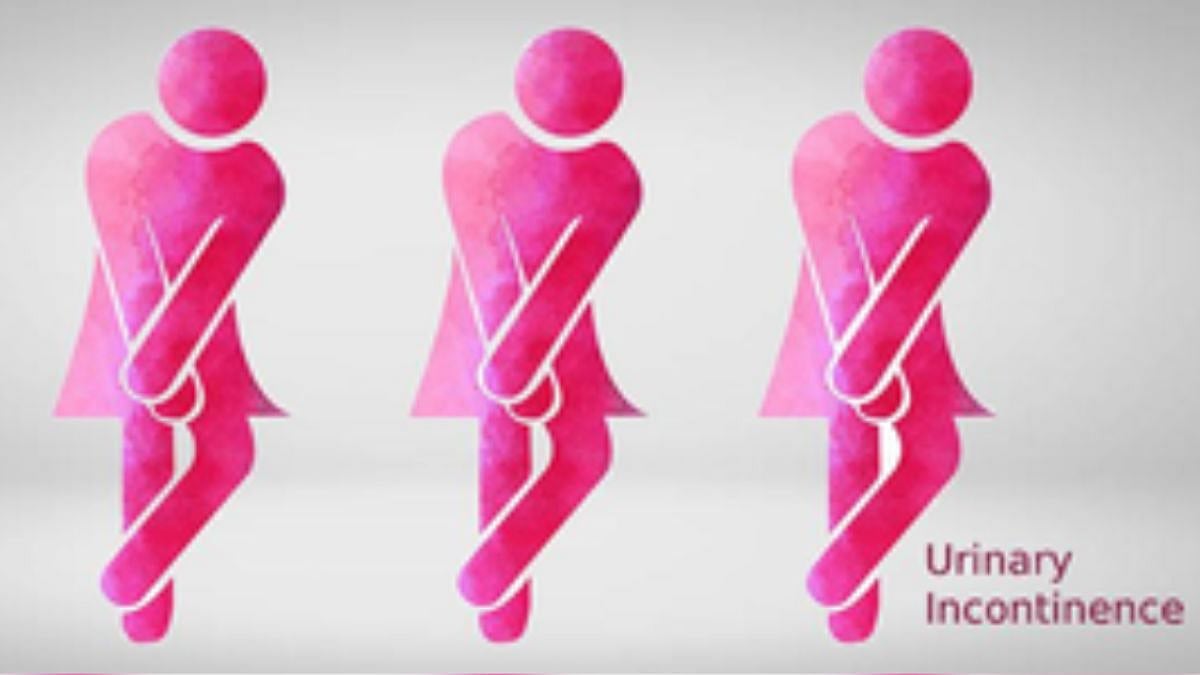Non-Invasive Bladder Tests For Female Incontinence Are Effective: Lancet
The study led by researchers at the University of Aberdeen in Scotland, suggests that women with ongoing urinary incontinence or overactive bladder, predominantly characterised by a sudden urgency to urinate, could avoid invasive bladder pressure tests.

Non-Invasive Bladder Tests For Female Incontinence Are Effective: Lancet | IANS
New Delhi: Non-invasive bladder pressure tests work as effectively as invasive assessments that are often embarrassing for women with ongoing urinary incontinence, according to new research, published in the journal The Lancet, on Saturday.
Non-Invasive Bladder Tests for Female Incontinence Are Effective
The study led by researchers at the University of Aberdeen in Scotland, suggests that women with ongoing urinary incontinence or overactive bladder, predominantly characterised by a sudden urgency to urinate, could avoid invasive bladder pressure tests.
The invasive urodynamics testing -- commonly used in clinical practice for over 40 years -- assesses how well the bladder stores and releases urine and can be an uncomfortable test for many.
The tests include filling the bladder with water through a catheter inserted into the bladder. Another catheter is inserted into the vagina or rectum to measure the pressures inside the bladder and abdomen.
On the other hand, Comprehensive Clinical Assessment (CCA) for female incontinence can reveal equally useful information to guide treatment without the need for invasive testing, said the team.
CCA includes a detailed medical questionnaire, a thorough physical examination, a bladder diary, and a “cough test” to assess for stress incontinence.
ALSO READ
It may also involve urinalysis and a test to measure the amount of urine left in the bladder after urination.
“Invasive urodynamics tests can be embarrassing and uncomfortable procedures. For many women who are struggling with finding a treatment that works for this type of urinary incontinence, our trial shows they no longer have to go through that experience to achieve an improvement in their symptoms and quality of life,” said lead researcher Professor Mohamed Abdel-Fattah, Director of the Aberdeen Centre for Women’s Health Research, University of Aberdeen.
To understand the effectiveness of both methods, the team recruited 1,099 women with an overactive bladder or urinary incontinence, across 63 UK hospitals.
ALSO READ
Participants were randomised to either undergo invasive urodynamics testing plus a CCA, or just a CCA.
The trial found no significant difference between the two forms of assessment, during the 15–24-month follow-up period. About 23.6 per cent of women reported their symptoms were ‘very much’ and ‘much’ improved in the urodynamics group versus 22.7 per cent in the CCA only group.
Women who only underwent CCA also reported earlier improvement in their symptoms. About 13 per cent of women undergoing urodynamics had their diagnosis changed to urodynamic stress incontinence and their treatment plan changed accordingly.
The researchers suggest that clinicians can now be more selective in determining who to refer to invasive urodynamics tests.
(Except for the headline, this article has not been edited by FPJ's editorial team and is auto-generated from an agency feed.)
RECENT STORIES
-
-
-
-
-